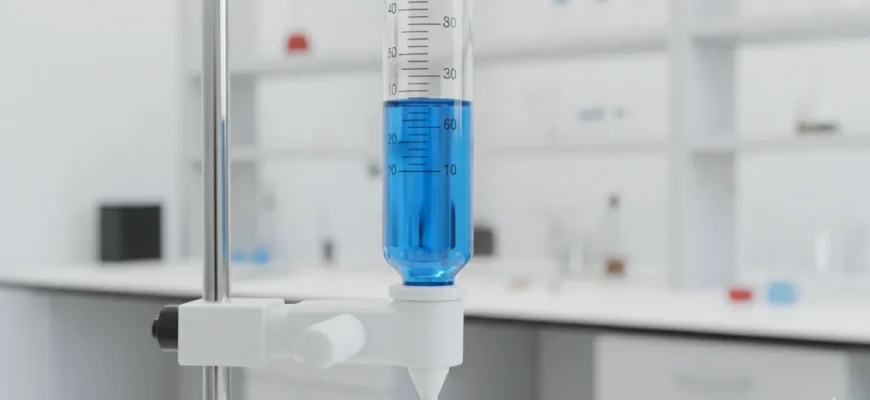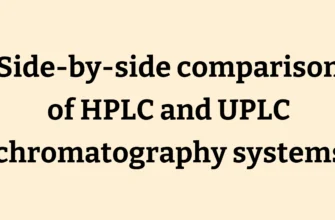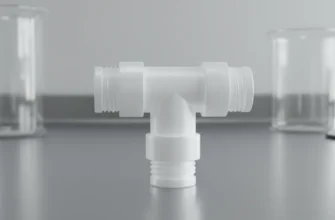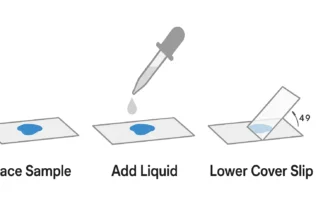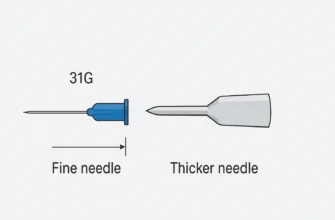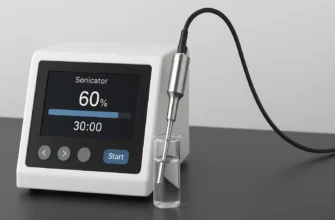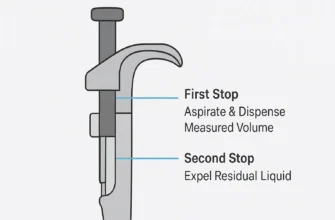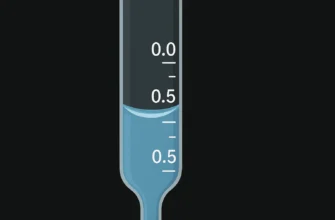Discover the Best 25 mL Burette for Your Lab Needs
A 25 mL burette is essential laboratory glassware used in analytical chemistry for precise liquid dispensing during titrations and volumetric analysis. Reputable suppliers like Fisher Scientific, Sigma-Aldrich, and Amazon provide high-quality options with certifications for reliable performance. Prioritizing Class A certification and PTFE stopcocks ensures superior accuracy and chemical resistance in demanding experiments.
Introduction
In laboratory settings where precision drives results, a 25 mL burette stands out as vital equipment for controlled liquid measurement. Unlike graduated cylinders or beakers suited for rough estimates, burettes deliver exact volumes, making them ideal for titrations in quantitative analysis. This guide outlines key selection criteria, features, usage tips, and maintenance to optimize your lab workflow.
Selecting the Ideal 25 mL Burette
Accuracy in titrations hinges on choosing a burette that matches your experimental needs beyond just capacity. Factors like material durability, calibration class, and stopcock type directly affect reproducibility and ease of handling. Glass models offer inertness for most chemicals, while plastic variants resist breakage in high-use environments. Automatic options streamline repetitive tasks with digital controls.
Essential Features of High-Quality 25 mL Burettes
Superior burettes combine robust design with advanced materials for minimal error and maximum longevity. Borosilicate glass provides thermal stability, while PTFE components resist corrosion from acids and solvents. Low dead volume designs, often with valveless systems, enhance dosing consistency by reducing trapped liquid. Key attributes include chemically inert construction, permanent etched graduations at 0.1 mL intervals, and leak-proof PTFE stopcocks for smooth flow control.
Comparing Glass, Acrylic, and Automatic Burette Options
Burettes vary by material and mechanism to suit different lab demands. Glass burettes excel in chemical compatibility but require careful handling to avoid breakage. Acrylic models prioritize shatter-resistance for fieldwork or busy labs, though they may show slight expansion with temperature changes. Automatic digital burettes automate dispensing via motors, ideal for high-throughput applications with programmable volumes.
| Feature | Glass Burette | Acrylic Burette | Automatic (Digital) Burette |
|---|---|---|---|
| Durability | Fragile, prone to breaking | Highly durable, shatter-resistant | Durable with electronic components |
| Operation | Manual stopcock control | Manual stopcock control | Motor-driven, programmable |
| Best For | Traditional chemical analysis | High-traffic labs, fieldwork | High-throughput, automated systems |
| Maintenance | Time-consuming cleaning | Easier to clean and maintain | Self-rinsing systems available |
Maximizing Accuracy with Your 25 mL Burette
Precision starts with quality equipment but relies on proper technique to avoid errors in sensitive assays. Class A burettes adhere to ASTM E-542 standards for volumetric accuracy, outperforming Class B in tight tolerances. Always verify meniscus readings and eliminate air bubbles for reliable data.
Understanding Class A Certification and Scale Types
Class A certification denotes the highest accuracy per ISO 385 and ASTM E-287, with a 25 mL burette tolerating ±0.03 mL total volume error. Class B variants allow up to ±0.06 mL, suitable for less critical work but insufficient for precise analytics. Scales feature fine, permanent markings—often with Schellbach stripes for clear meniscus visibility against aqueous solutions.
Tips for Reliable Titration and Measurement Techniques
Rinse the burette with titrant before use to remove residues and bubbles, which can skew volumes by up to 0.1 mL. Control flow to drops near the endpoint, swirling the flask for uniform mixing. Best practices include eye-level meniscus reading at the bottom curve, continuous swirling, and recording volumes to 0.01 mL precision.
Maintenance and Longevity of 25 mL Burettes
Routine care prevents contamination and extends usability, with proper storage avoiding cracks or clogs. PTFE stopcocks simplify upkeep by resisting seizing, unlike traditional glass ones. Inspect regularly for wear to maintain calibration integrity.
Cleaning and Proper Care for Lasting Performance
Drain residues post-use and flush with distilled water or a mild detergent solution to eliminate buildup. For viscous liquids, clean multiple times daily using a rinsing bottle attachment. Store upright in a dust cover, inspecting for blockages quarterly to ensure flow rates remain consistent.
Choosing PTFE Stopcock Benefits
PTFE stopcocks provide inertness to aggressive reagents like HCl or NaOH, preventing reactions that alter results. Their low-friction surface enables fine drop control without leaks, outperforming greased glass in durability and ease. Ideal for diverse labs, PTFE models reduce maintenance while supporting accurate, dropwise additions in titrations.
Conclusion
A well-chosen 25 mL burette elevates lab precision through superior features and materials like Class A glass with PTFE components. Comparing types and following usage guidelines ensures repeatable outcomes, while diligent maintenance safeguards investment. Explore certified options from trusted suppliers to enhance your analytical capabilities.
Frequently Asked Questions
What Makes a Class A 25 mL Burette More Accurate?
Class A burettes meet stringent ISO and ASTM tolerances of ±0.03 mL, far tighter than Class B’s ±0.06 mL, for volumes closely matching scale markings in critical analyses.
Should I Choose Glass or Acrylic for My 25 mL Burette?
Glass suits inertness in standard chemistry but risks breakage; acrylic offers durability for robust settings, though with minor thermal sensitivity.
How Can I Ensure Long-Lasting Durability of My Burette?
Daily rinsing with appropriate solutions, regular inspections, and upright storage in protective covers prevent degradation and maintain performance.

